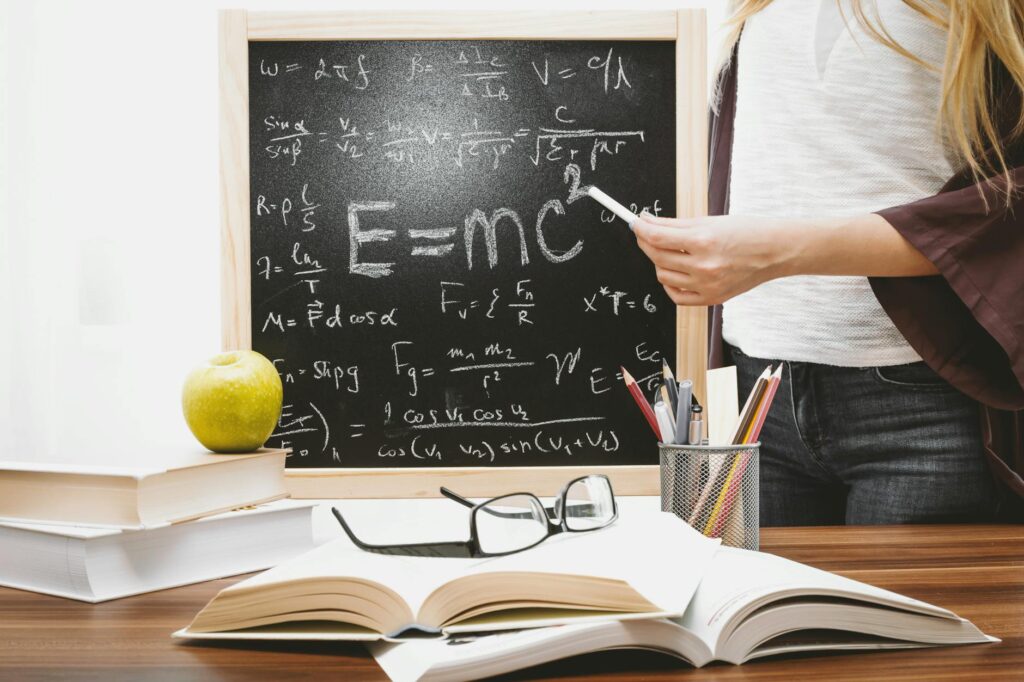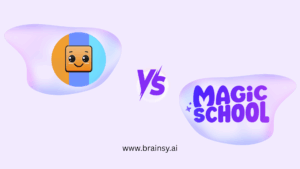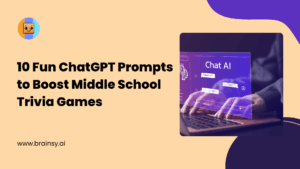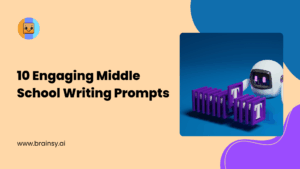In the journey towards educational excellence, lesson plans are like compasses guiding teachers and students through the seas of learning. Imagine a treasure trove of resources, expertly curated by the Center for Research on Learning and Teaching (CRLT), just waiting to be explored by educators like you. From personalized consulting sessions to inspiring seminars, CRLT offers a wealth of tools tailored to empower educators in crafting lesson plans that truly make a difference.
These resources aren’t just helpful – they’re essential. They’re the secret ingredients that turn a simple lesson plan into a masterpiece of teaching artistry. With the ever-changing landscape of education, these tools provide educators with the latest strategies and techniques, seamlessly integrating technology and fostering inclusivity in the classroom.
Think of them as your trusty sidekick, always there to support you as you navigate the twists and turns of lesson planning. With these resources at your fingertips, every lesson becomes an opportunity for students to engage, learn, and grow. It’s not just about teaching – it’s about creating experiences that impact young minds. And with CRLT by your side, you’re equipped to do just that.
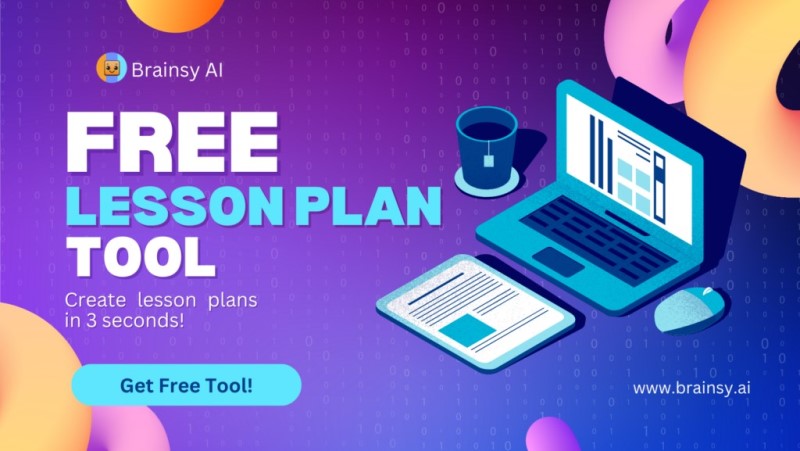
Understanding Your Students to Make The Best Lesson Plans for Teachers
Understanding students’ needs is pivotal in devising teacher lesson plans that resonate with diverse learning styles in the educational landscape. Educators who integrate insights into individual student needs into their teaching approach can significantly uplift the educational experience.
Adapting Teaching Methods:
Utilizing a spectrum of inclusive teaching strategies is essential in catering to the wide-ranging needs and interests of all students, including those in special education. This approach ensures that every student is engaged and supported, fostering an educational environment that is conducive to helping each learner achieve success.
- For Visual Learners: Incorporate visuals, flashcards, and written directions.
- For Auditory Learners: Pre-teach difficult vocabulary and concepts, allowing peer discussions.
- For Kinesthetic Learners: Implement hands-on activities and interactive learning sessions.
Personalizing Learning:
Recognizing and leveraging students’ unique learning strengths is a critical component in advancing the effectiveness of education. This process involves understanding and adapting to the various ways students assimilate and process information, thereby accommodating individual learning preferences.
- Getting to know students as individuals to foster an inclusive and accepting classroom environment.
- Encouraging participation in youth advisory and interest groups is a strategic approach to amplifying student engagement and skill development in education. Such involvement aids students in building a sense of community and sharpens their abilities within a supportive and collaborative environment.
- Leveraging Interests and Intelligence Types Incorporating student interests and catering to diverse intelligence types, such as practical, creative, or analytical, can significantly boost engagement in education. Tailoring lessons to these facets ensures the educational journey is attuned to each student’s unique learning style, promoting a more personalized approach to education.
- Practical Intelligence: Projects that simulate real-world challenges.
- Creative Intelligence: Tasks that require invention and imagination.
- Analytical Intelligence: Activities that involve critical thinking and analysis.
By interlacing student interests and diverse intelligence types into the core of lesson planning, educators foster an inclusive learning environment that heightens student engagement within the education sector. This strategy not only addresses the myriad needs of learners but also strengthens their connection to the educational material.
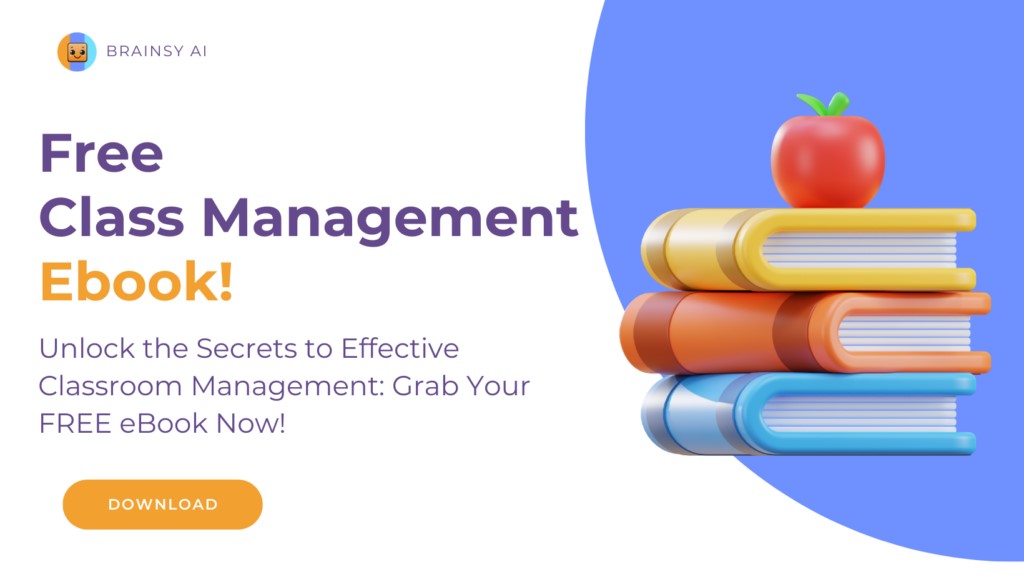
Setting Clear Learning Objectives
In education, establishing clear learning objectives is crucial for crafting lesson plans that drive meaningful educational outcomes. These objectives act as beacons, guiding educators and students alike towards achieving specific behaviors that demonstrate a deep understanding of the subject matter.
- Crafting Learning Objectives: A Step-by-Step Approach
- Begin with an introductory phrase: “At the conclusion of this activity, participants will be able to…”
- Incorporate action verbsTo achieve excellence in education, it’s essential to articulate learning objectives using action verbs that depict an observable outcome, such as ‘analyze,’ ‘construct,’ ‘demonstrate,’ or ‘evaluate.’ This approach ensures that the anticipated educational outcomes are communicated with precision and clarity.
- Specify the outcomeIn the realm of education, it’s critical to articulate learning objectives that clearly define the learner’s actions to showcase understanding or mastery. By setting goals that are actionable and measurable, educators lay the groundwork for students to reach significant educational milestones.
- Words to AvoidIn the pursuit of effective education, learning objectives should avoid vague and subjective verbs like ‘appreciate,’ ‘learn,’ or ‘understand.’ Focusing instead on verbs that represent tangible actions enables a more accurate assessment of student progress and learning achievements.
- Aligning Objectives with Domains of Learning:
- Affective (Attitude): Objectives might include “display willingness to participate in discussions.”
- Psychomotor (Skills): “Perform a specific technique in laboratory settings” could be an objective.
- Cognitive (Knowledge)A prime example of a well-crafted cognitive objective is ‘Recall the major causes of the Civil War,’ which sets a precise target for learners within the educational context. This clarity in learning goals facilitates the evaluation of educational outcomes and underscores the importance of goal-oriented teaching.
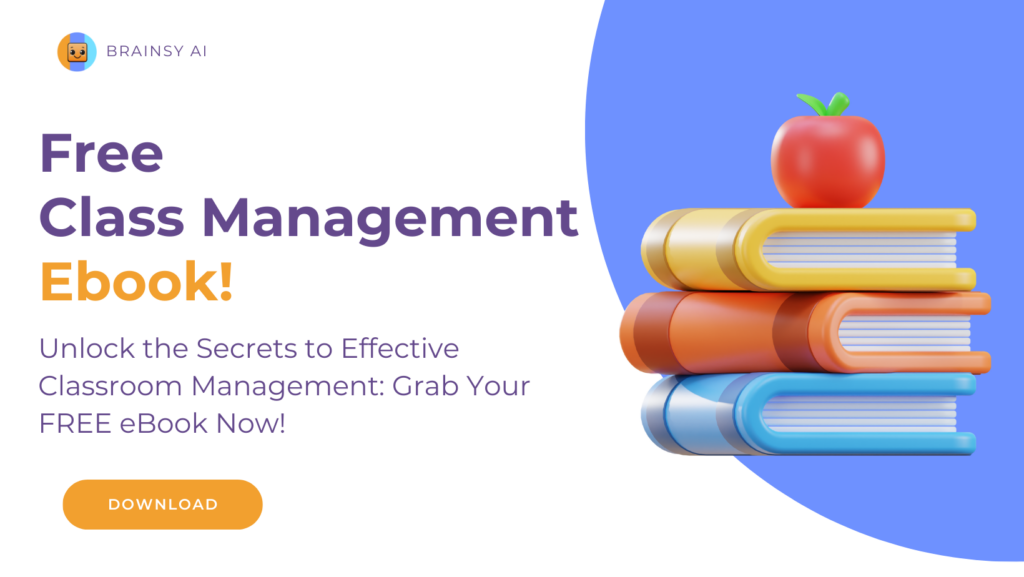
By incorporating curriculum standards and addressing diverse learning needs, educators can craft lesson plans that not only meet education benchmarks but also resonate with the varied goals and abilities of their students. This deliberate approach in education ensures that each lesson is a step towards overarching academic objectives, offering an effective and engaging learning experience for everyone.
Choosing the Right Teaching Methods
Choosing the right teaching methods is crucial in creating an educational environment that fosters student involvement in their academic journey. Employing interactive teaching strategies, such as ‘think, pair and share,’ brainstorming sessions, and exit slips, can greatly enhance knowledge retention and stimulate active participation in the classroom. The use of interactive teaching strategies is key to boosting student engagement and encouraging free expression in the realm of education. By implementing these dynamic methods, educators enable students to actively delve into their learning, thus enriching the educational process and making it more interactive and inclusive.
- Interactive Demonstrations & Jigsaw Method:
- Demonstrations allow students to predict outcomes, thereby probing their understanding of concepts.
- The Jigsaw technique, a collaborative learning method in education, groups students to work together on problem-solving or text analysis. This strategy promotes a sense of community and teamwork in the classroom, bolstering the spirit of collaboration among learners.
Integrating technology in the classroom, with innovative tools like Nearpod, can significantly elevate the educational experience. Nearpod’s interactive capabilities cater to different learning styles, making it an essential resource for teachers who are teaching with tech. By grounding their teaching methods in theories like behaviorism, cognitivism, and constructivism, educators can choose the most effective strategies tailored to their students’ educational needs. This approach allows for a dynamic and inclusive learning environment that encourages students to engage deeply with the material.
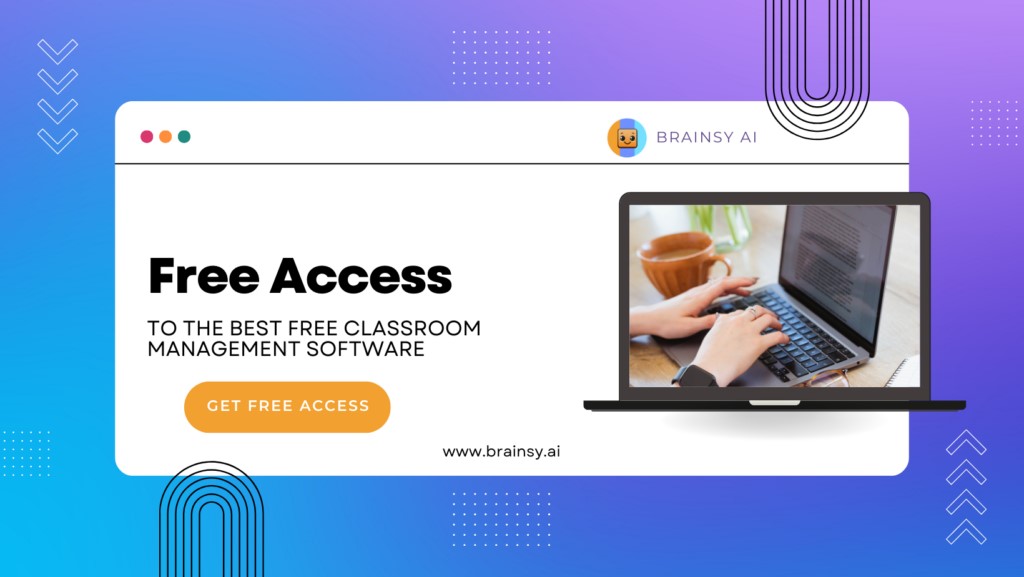
Incorporating Engaging Materials and Resources
Enhancing the learning environment with engaging materials and infusing innovative strategies into lesson plans are vital for addressing the diverse needs of students while upholding educational standards. Such methods ensure that education remains a vibrant and adaptive field, responsive to the evolving academic landscape.
- Interactive Classroom Activities:
- Brainstorming sessions and game shows to stimulate critical thinking.
- Historical character reenactments and improv activities for a dynamic learning experience.
- Peer review sessions and student-led lessons to foster collaboration.
- Digital Citizenship Curriculum and apps/websites for learning to integrate technology effectively.
- Technology in Education:
- Digital signage solutions offer templates and resources for more visual learning.
- Platforms like Google Classroom and Jamboard facilitate interactive and organized learning spaces.
- Virtual Field Trips and multimedia resources make learning more accessible and engaging.
- Professional Development and Family Resources:
- Training sessions like Modeling Digital Habits and Digital Citizenship enhance teacher skills.
- Family Engagement Toolkits and resources support learning beyond the classroom.
These innovative strategies extend beyond simplifying lesson planning; they guarantee that the educational process is both interactive and collaborative, aligning with educational standards. This methodology fosters a learning experience that is both efficient and effective, benefiting educators and students alike.
Implementing Interactive and Collaborative Activities Into Lesson Plans for Teachers
In the realm of education, weaving in interactive activities and collaborative activities can dramatically boost student engagement and elevate learning outcomes. Effective strategies that incorporate these elements are key to fostering a dynamic and participatory educational experience.
- Entry/Exit Tickets:
- Entry Ticket: Pose a question related to the day’s topic to gauge prior knowledge.
- Exit Ticket: Ask students to summarize what they learned, providing valuable feedback on their understanding.
- Free Writing/Minute Paper:
- Prompting students to delve into an open-ended question for a brief period can ignite their critical thinking and polish their writing skills, both of which are pivotal in their educational development.
- Interactive Strategies:
- Ice Breakers: Kickstart classroom interaction, building a community feel.
- Think–Pair–Share: Promote deeper thinking and problem-solving.
- Case Studies and Problem-Based Learning: Apply real-life scenarios to classroom concepts, improving decision-making skills.
- Debate: Enhance conceptual understanding and reasoning.
- Interview/Role Play: Offer new perspectives on issues through problem-solving or conflict resolution.
- Group Work:
- Segmenting students into smaller cohorts for personalized instruction is a cornerstone of modern education, enabling educators to customize tasks to suit individual learning styles and needs, thereby nurturing a collaborative learning environment.
Assessment and Feedback
In the lesson planning phase, it’s crucial for educators in the field of education to meticulously synchronize assessments with learning objectives. This alignment is fundamental to ensuring that evaluations accurately reflect the intended educational outcomes, and here’s how it can be effectively executed:
Rubrics and Assessment Alignment:
- Development: Create or adapt rubrics that communicate assignment expectations.
- AlignmentFor consistent assessments in education, educators must employ uniform verbs and nouns throughout learning objectives, assessments, and rubrics, creating a coherent and robust framework for educational evaluation.
- Validity and ReliabilityEducators should embrace a diverse array of assessment methods and articulate clear instructions and grading criteria to uphold validity and reliability in the educational system’s evaluation process.
Equity and Accessibility in Assessments:
- Fairness: Utilize multiple assessment methods and provide clear instructions to prevent discrimination.
- AccessibilityImplementing an inclusive assessment process in education, which includes provisions like extra time, alternative formats, and the use of assistive technology, is essential to ensure that all students, particularly those with disabilities, have equitable opportunities to participate and excel.
- Technology UseTo enhance educational assessments, incorporating automated feedback tools in tandem with online submission systems can be beneficial for education. However, it’s crucial to preserve human interaction and guarantee that all students, particularly those lacking technology, receive fair access to these educational advancements.
Lesson Plan Examples and Samples
Introduction to Lesson Plan Examples
In the sphere of education, lesson plan examples are invaluable for teachers at every level. No matter if you’re an experienced educator or embarking on your teaching career, access to high-quality lesson plan examples can markedly boost your teaching effectiveness. Let’s immerse ourselves in the significance and practical uses of these lesson plan examples and samples.
Exploring Sample Lesson Plans
Sample lesson plans offer detailed blueprints that encapsulate instructional strategies, activities, and assessments for educators. They deliver a systematic approach for teachers to coordinate classroom activities and fulfill distinct learning goals. By scrutinizing sample lesson plans, educators can extract crucial insights into successful teaching methods and tailor them to their educational environments.
Comprehensive Lesson Plans for Teachers
For educators, lesson planning is a pivotal element of classroom instruction. Teaching students at any level, from elementary to high school, necessitates well-constructed lesson plans to ensure engaging and effective lessons. Let’s examine a variety of comprehensive lesson plans designed to meet the diverse needs of teachers across different subjects and educational stages.
Teacher Lesson Planning: A Guide
Effective teacher lesson planning demands meticulous attention to various components, such as learning objectives, instructional strategies, assessment techniques, and classroom management. Adopting a methodical lesson planning process enables teachers to craft engaging and impactful learning experiences. In this discussion, we’ll delve into the essential strategies and methodologies for teacher lesson planning.
Crafting Lesson Plans for Elementary Educators
Lesson planning is especially vital for elementary educators, as it establishes the groundwork for students’ long-term academic achievements. Well-structured elementary lesson plans address the specific requirements and developmental phases of young learners, offering stimulating and suitable educational experiences. Let’s delve into a selection of sample lesson plans designed expressly for the elementary education setting, encompassing subjects like math, science, English language arts, and beyond.
Planning Resources for Educators
Beyond sample lesson plans, educators can tap into an abundance of resources and tools to aid their lesson planning. From lesson plan templates and instructional materials to digital platforms and professional development, a myriad of resources is at teachers’ disposal to refine their lesson planning capabilities and classroom instruction. This section will spotlight key resources that are instrumental for educators aiming to enhance their lesson planning proficiency and teaching practices.
Conclusion
Our comprehensive guide meticulously explores the art of creating effective lesson plans for teachers, highlighting the importance of understanding student needs, establishing clear educational goals, selecting impactful teaching methods, integrating engaging materials, conducting interactive activities, and aligning assessments with learning objectives. Each section reinforces the elements essential for dynamic learning environments, accommodating various learning styles and enhancing student engagement, ultimately elevating student outcomes in education. This strategic framework provides educators with valuable insights, actionable advice, and abundant resources to refine their teaching approaches and amplify education quality.
Exploring these insights reveals that the essence of lesson planning in education is a blend of structure and creativity, requiring detailed attention to educational elements. The outcomes of these practices extend beyond the classroom, enriching the educational journey and equipping students with the competencies needed to succeed in the dynamic world of education. This guide stands as a foundational resource for educators, sparking a zeal for continuous pedagogical improvement and the exploration of innovative teaching strategies.
FAQs
Q: What steps should I follow to craft a comprehensive lesson plan?
To craft a comprehensive lesson plan in education, begin by setting measurable objectives that guide the learning process. Choose teaching strategies known for their effectiveness and gather all necessary materials. Outline a detailed lesson timeline that accommodates diverse learning styles and provide clear instructions. Finally, incorporate assessment methods to consistently monitor student comprehension, ensuring the educational goals are met.
Q: What makes a lesson plan effective for teachers?
For a lesson plan to align with its educational goals and resonate meaningfully, every activity must not only correspond with the lesson’s objectives but also actively involve students. The activities should be authentic, promoting teamwork and encouraging the practical application of learned concepts, thereby fostering a deeper educational engagement.
Q: Can you identify the four key elements of a lesson plan or teaching guide?
The four fundamental components of a lesson plan in education encompass the Objective, which sets the course for the lesson; Pre-assessment, to gauge the appropriateness of the objective; Motivation, designed to spark student interest; and Techniques and Sequencing, detailing the instructional methods and their progression. Furthermore, the Application, Evaluation, and Follow-up stages are crucial for reinforcing and evaluating the lesson’s effectiveness.
Q: What are the five parts of an effective lesson plan?
A well-crafted lesson plan in education consists of five pivotal stages: the Anticipatory Set, which prepares students for the learning ahead; the introduction of New Material; Guided Practice, where students refine new skills with support; Independent Practice, allowing students to apply their knowledge autonomously; and Closure, a phase intended to recap and cement the educational experience.

